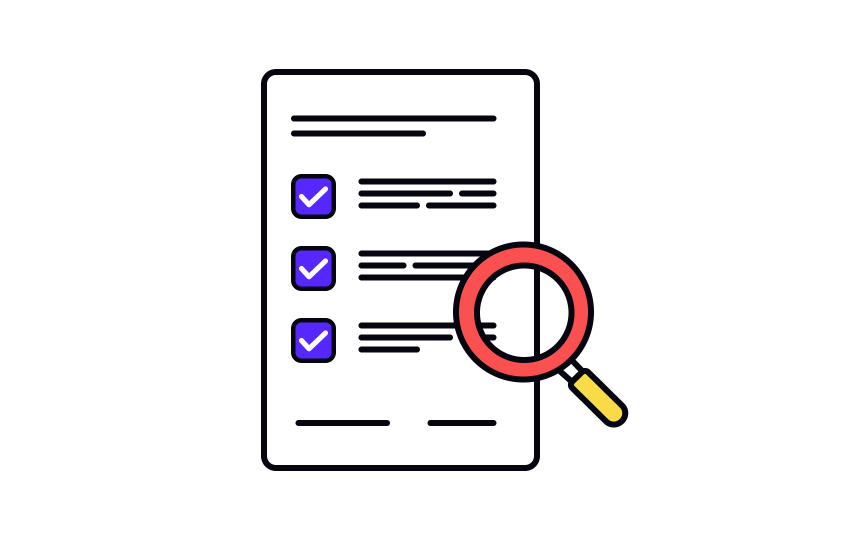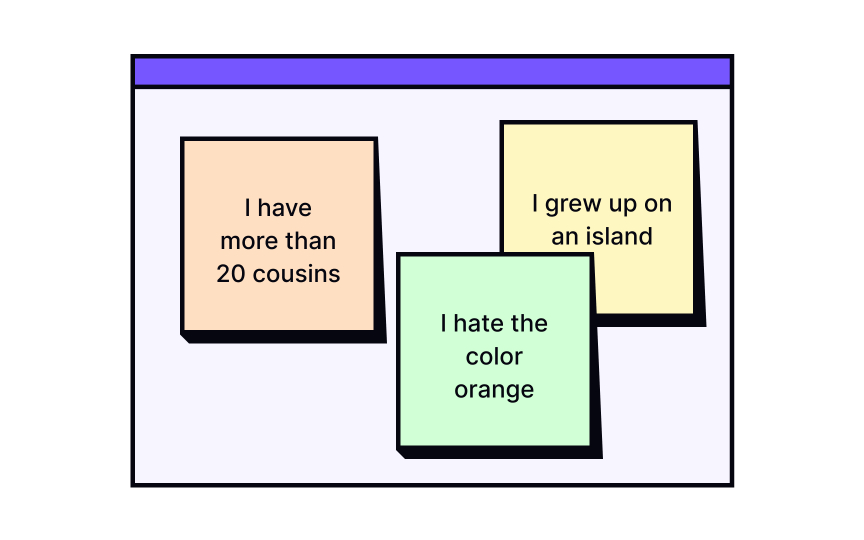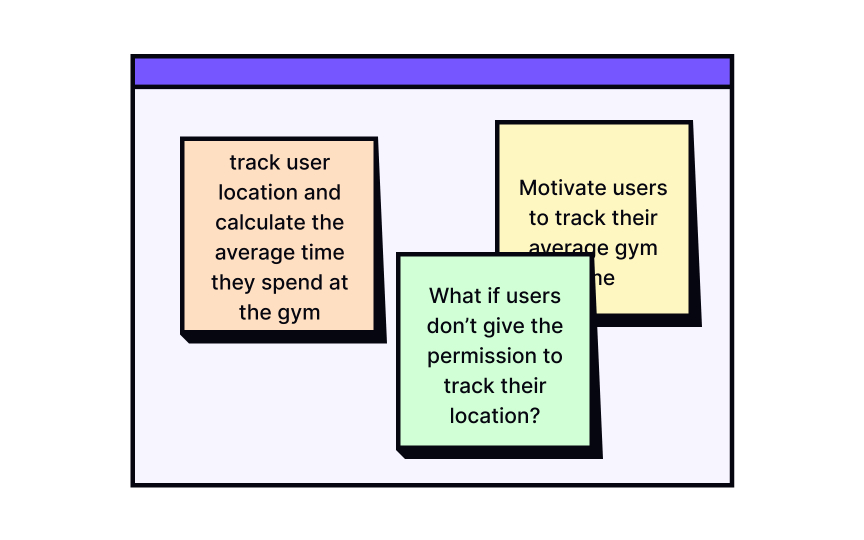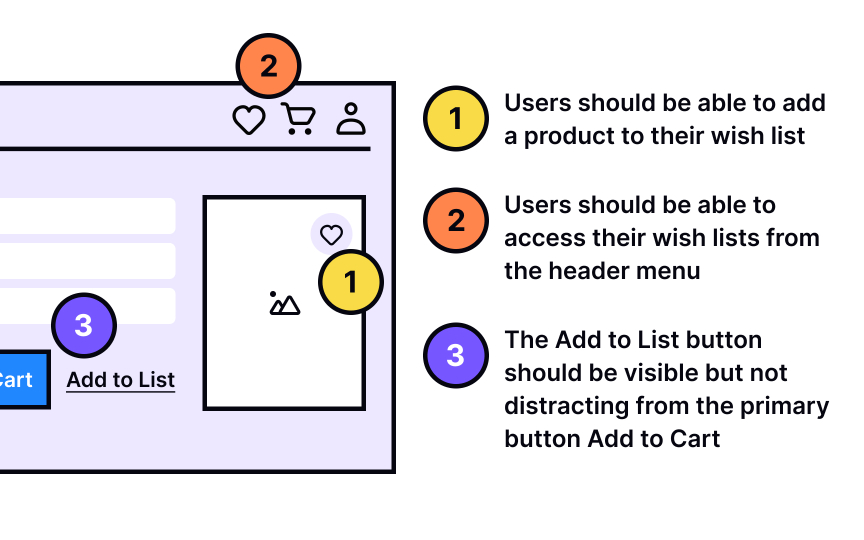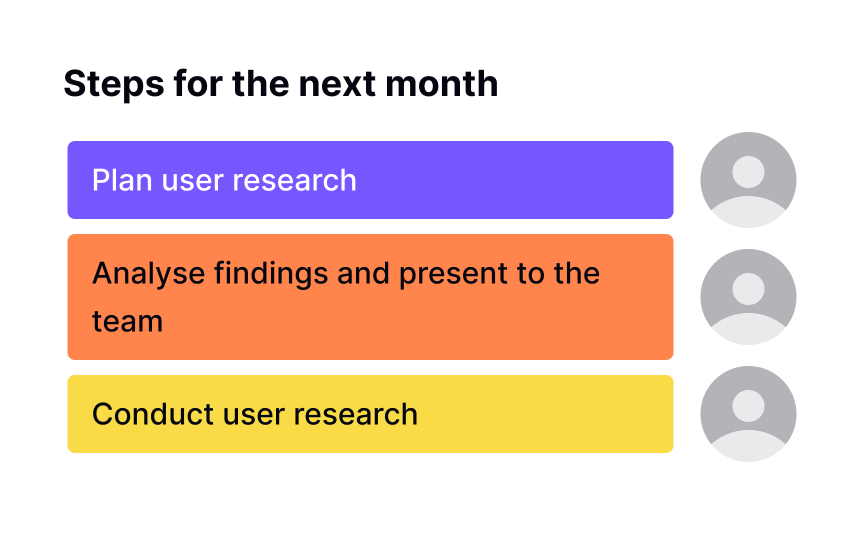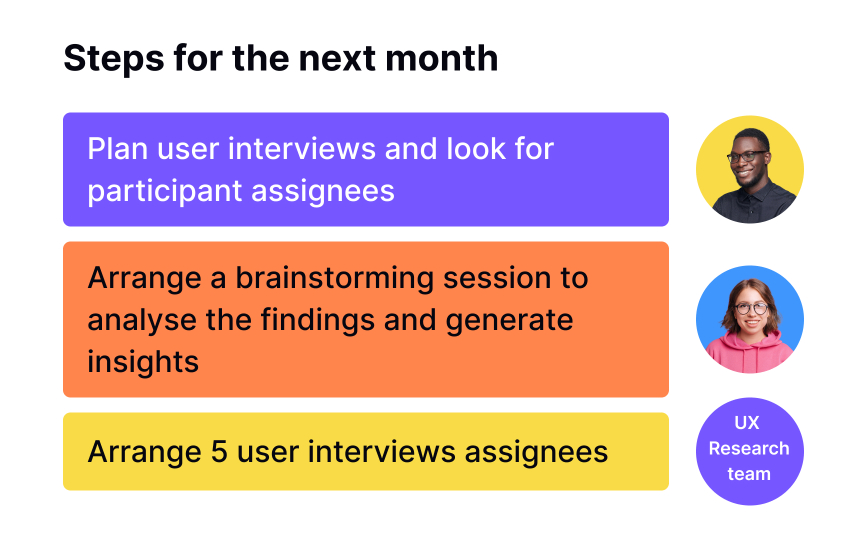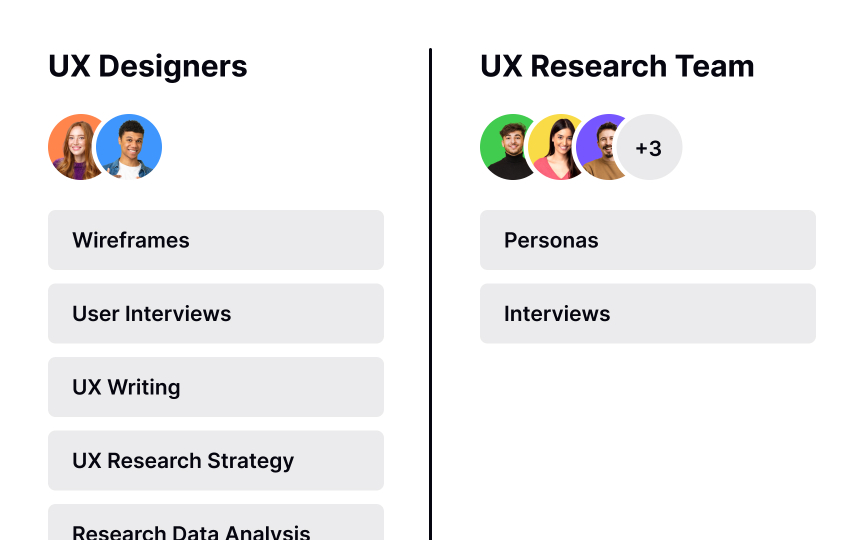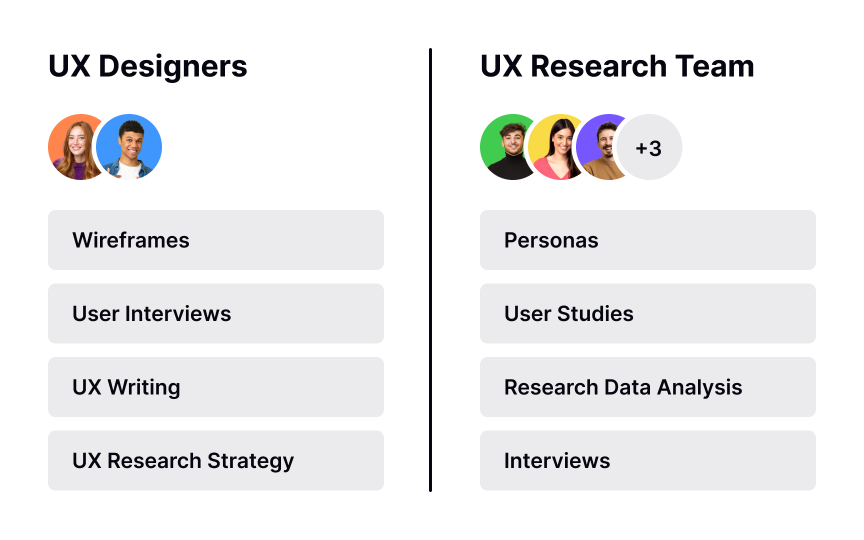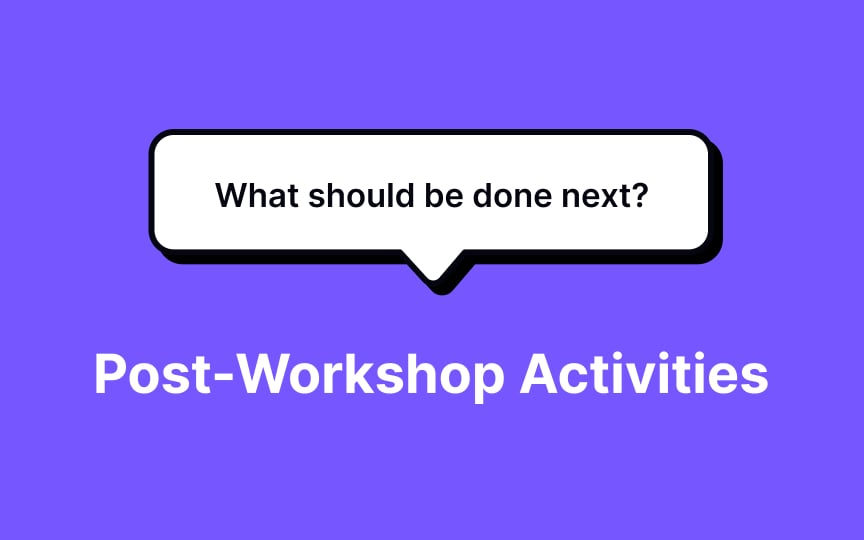Design Workshop Deliverables
Understand how to collect, organize, and prioritize the outcomes of a workshop
The facilitation stage of a workshop may seem like the one requiring the most attention and effort. However, the facilitator's work continues even after the workshop, and participants return to their job responsibilities. While the memory of a workshop is still fresh in mind, facilitators collect, organize, and prioritize all the deliverables to demonstrate the outcomes of the team's collaboration.
Deliverables are the most valuable assets of any design workshop. They serve as a record of the work done during the workshop and serve as tools for the next steps. For example, a user persona is an essential deliverable that a team will reference as a source of information about users when creating designs and developing new features.
A facilitator's primary goal is to document all insights generated during a workshop and ensure that team members can easily refer to them in the future.
Your team may need workshop deliverables for:
- Planning the next steps
- Making a final design solution
- Supporting your case during disagreements
- Planning the next workshop
Depending on the type of workshop, teams can develop different types of deliverables. For example, during a discovery workshop, you'll probably get a product vision board, product roadmap, and UX strategy canvas. Ideation workshops can result in sketches and affinity maps, and so on.[1]
Pro Tip: If it's a remote workshop, make sure to save all the digital assets and record the session so that you can retrieve any ideas that weren't captured on the digital board.
One of the primary sources of workshop documentation includes notes taken by the facilitator during the workshop and notes generated by participants on critical topics. The team may use these notes as a reference point to support an idea or clarify things in the future. If you don’t like the idea of storing piles of sticky notes or sheets of paper, you can digitize them in a simple Google Docs, Notion file, or using the Post-it app.
Pro Tip: You don’t need to collect all notes — keep only those containing the most valuable insights.
Workshops often include activities that participants are expected to complete individually. For example, during ideation workshops, participants often spend the first part of the session reflecting on a problem and developing ideas on their own, and then they may converge and consolidate those ideas.
You don't need to store all of the participants' notes. Prioritize and decide on which outputs should be digitized for easy referencing in the future.
Pro Tip: At the end of the workshop, ask for feedback and collect participants’ notes to analyze and improve future sessions.
The goals of discovery workshops include defining the requirements, documenting the project scope and milestones, and describing project processes. It's crucial to thoroughly document this data and digitize it soon after the workshop for further reference.
Requirements can be determined during other types of design workshops as well. The point is that a facilitator should be prepared to write down the requirements or take a picture of them on the whiteboard before the team gets carried away with discussions and forgets about them.
By the end of the workshop discussions, the team often comes together to define the next steps. They generally include certain activities — for example, clarifying user needs by scheduling a few interviews, updating a user
A clear outline and concrete goals help the team see the tangible results of the workshop and motivate them to keep going.
Workshops conducted at the early stages of a project usually lead to the definition of roles and responsibilities. Documenting this information helps avoid confusion about who on a team is responsible for each task.
For example, is your
The goal is not to create a long-read document that takes time and effort to scan. Team members and other stakeholders should be able to access this workshop deliverable whenever they need to find and refresh data quickly.
Pro Tip: Assigning too many responsibilities to one person can lead to burnout. This can be prevented by hiring a new team member or extending sprint periods.
Once the workshop is done, facilitators should take some time to document the findings that came out of it. If the workshop spans a few days, be sure to document each day thoroughly.[2]
Ideally, the post-workshop report should align with the list of outcomes created at the beginning of the workshop to plan and structure the session. The document may include attachments or links to other deliverables (screens, ideas, notes, user flows, etc.) stored in the cloud and demonstrate the workshop's benefits to the participants and stakeholders.
Pro Tip: Make sure the post-workshop report includes participants’ feedback on what they liked about the workshop and what can be improved.
References
- 14 tips to help you run a successful product design workshop | Inside Intercom
Top contributors
Topics
From Course
Share
Similar lessons

Design Workshop Basics

Design Workshop Types

